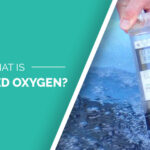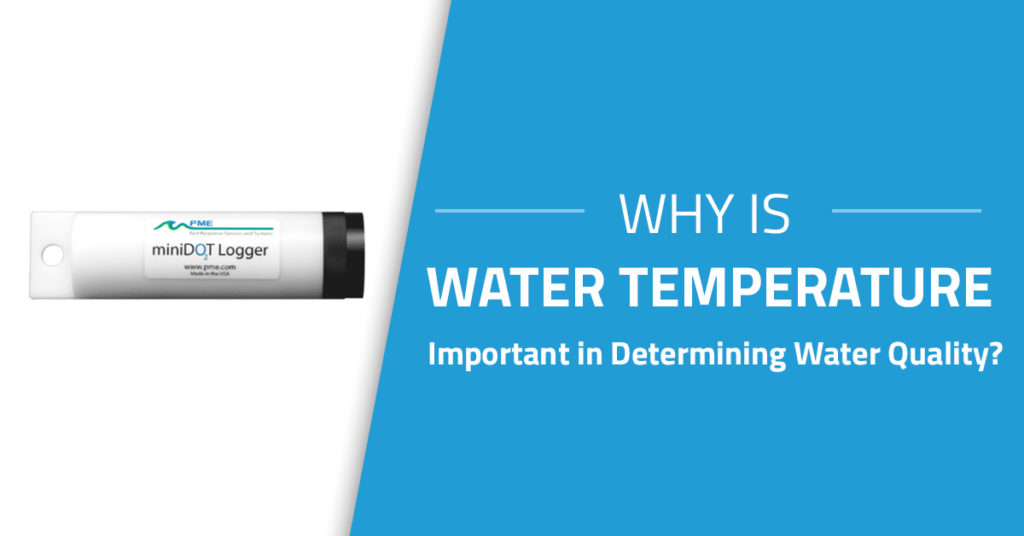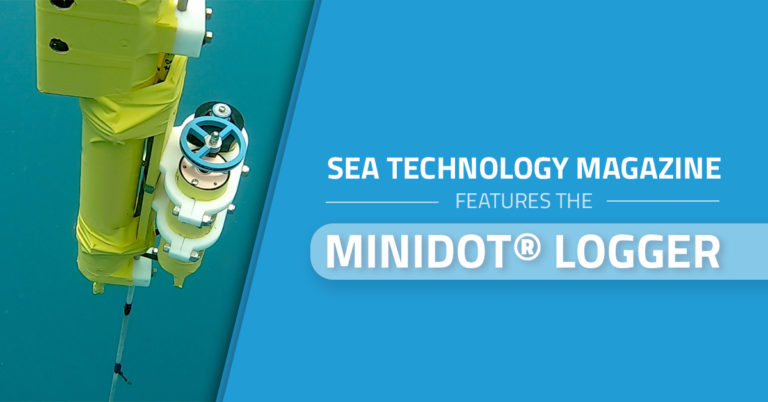
What is Dissolved Oxygen?
September 21, 2022
Heili Lowman, Postdoctoral Scholar, joins PME’s New Researcher Program
September 27, 2022Water temperature as a key factor in the success of aquatic environments and influences several parameters that can alter its physical and chemical properties. The temperature of water defines growing seasons and dictates what species can survive in a particular body of water.
Temperature plays an essential role in water chemistry and can affect biological characteristics of surface water, regulate the dissolved oxygen levels, disturb metabolic rates and photosynthesis production of aquatic organisms while influencing the rate of chemical and biological reactions.
Water Temperature Effects on Aquatic Life
Aquatic life is affected by water temperature as it can disrupt the metabolic rates and biological activity of aquatic organisms. Fluctuations in temperature result in significant behavioral changes which include predator and prey responses, resting or migration routines and contribute to potential organism relocation after feeding. Undesirable temperature fluctuations can also inhibit plant respiration and photosynthesis which secondarily effects Dissolved Oxygen levels.
Dissolved Oxygen and Water Temperature
The solubility of oxygen is dependent on a body of water’s pressure and temperature. For instance, high water temperatures reduce the solubility of oxygen in the water. Warm water holds less Dissolved Oxygen than cold water. The amount of oxygen present in water will determine how much life a body of water can support. If water is too warm, it will not hold enough oxygen to support aquatic life. In order to sustain a healthy aquatic ecosystem, dissolved oxygen must be abundant. Therefore, temperature measuring is crucial to the sustainability of any aquatic ecosystem.
Water Temperature Measurement
Dissolved oxygen is measured using a dissolved oxygen meter. Our miniDOT® Clear Logger measures dissolved oxygen in water and is completely self-contained. It includes an optical DO sensor, a temperature sensor, batteries and a micro-SD memory card. The logger collects measurements of dissolved oxygen with an accuracy of +/- 5% and temperature to +/- 0.1 degrees C. All measurements are stored internally. Data can be offloaded to a computer via the miniDOT® USB cable. Temperature range is 0 to 35 degrees C with an accuracy of +/- 0.1 degrees C. Oxygen range is 0 to 150% saturation with an accuracy of +/- 10 umole/L.
With instruments that can measure temperature, you can detect potentially threatening temperature levels in your aquatic environments before they become a major issue.






